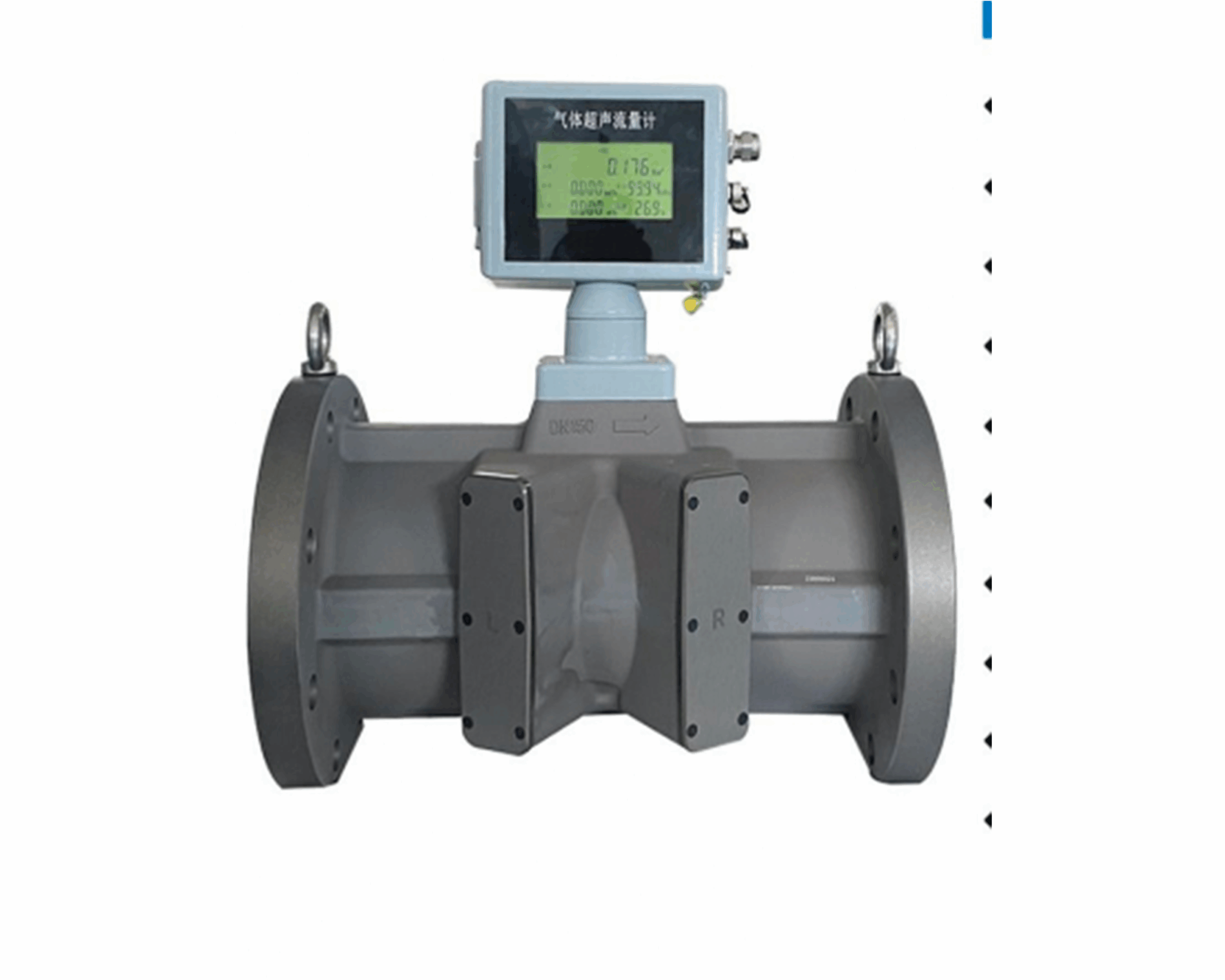Gas ultrasonic flowmeter is an instrument that uses ultrasonic technology to measure gas flow. It is widely used in industry, energy, environmental protection and other fields. The following are its main functions and features:
1. High-precision flow measurement
By measuring the propagation time difference of ultrasonic waves in the gas (time difference method) or Doppler effect, the flow velocity and flow rate are calculated with an accuracy of ±0.5%~±1%, which is suitable for high-demand scenarios such as trade settlement.
2. Non-contact measurement
The sensor does not directly contact the fluid, has no pressure loss, and is suitable for corrosive, high-pressure or high-purity gases (such as natural gas, hydrogen, chemical gas).
3. Wide range and adaptability
The range ratio can reach more than 30:1, supports bidirectional flow measurement, and adapts to different pipe diameters (from small pipes to large-diameter trunk pipe networks).
4. Real-time monitoring and data output
Provides instantaneous flow, cumulative flow and other data, supports 4-20mA, pulse, Modbus and other signal outputs, and is easy to integrate into SCADA or DCS systems.
5. Low maintenance and long life
No moving parts, anti-vibration, anti-fouling, suitable for harsh environments, low maintenance cost.
Typical application scenarios
Energy field: natural gas transmission and distribution, liquefied gas metering;
Environmental monitoring: flue gas emissions, biogas recovery;
Industrial process: compressed air, chemical gas flow control.

